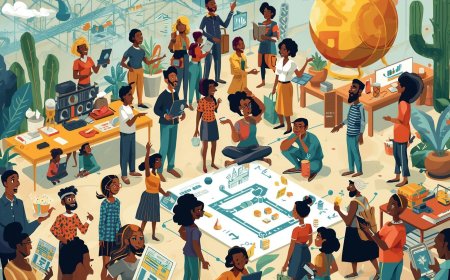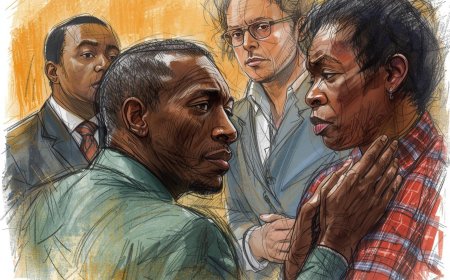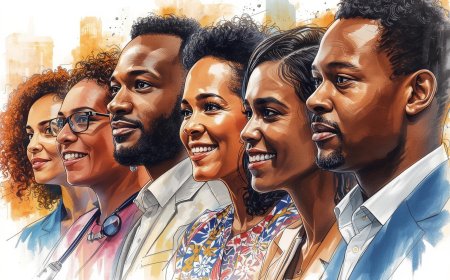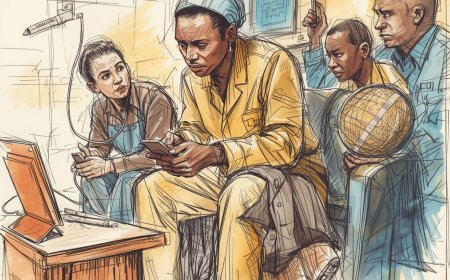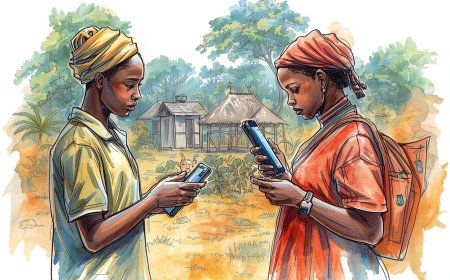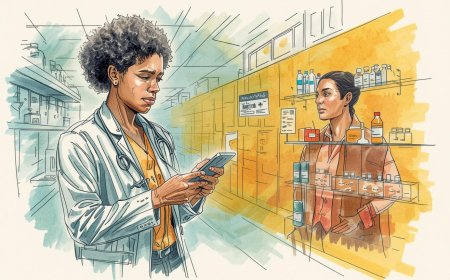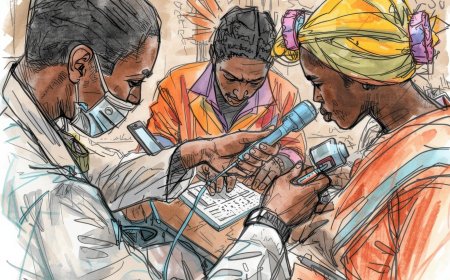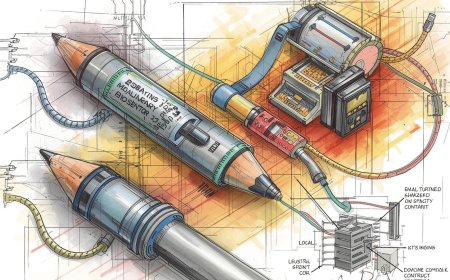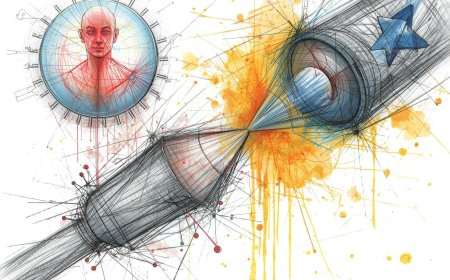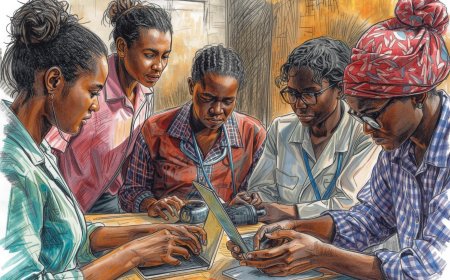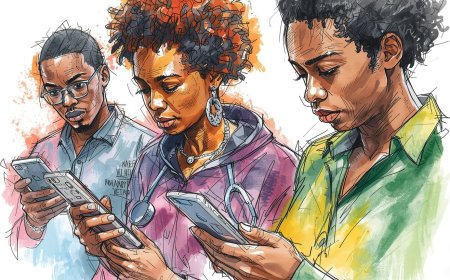Founder-Led B2B Sales and Marketing Playbook: Craft a Story That People Remember (and Share)
Discover how founders can drive B2B growth through storytelling that inspires action and builds trust. This playbook explores the art of founder-led sales and marketing with practical strategies, African case studies, and storytelling frameworks that connect emotionally and convert effectively.

“People don’t buy products. They buy stories about what those products mean for them.” — Adapted from Seth Godin (2018)
1. Introduction: The Power of Founder-Led Storytelling
In the early stages of a B2B company, especially in emerging markets like Africa, the founder’s story is the company’s most valuable marketing asset. Founders are not just selling a solution—they’re embodying a vision. When a founder communicates passion, authenticity, and relevance, it builds trust faster than any marketing campaign could (Christensen, 2016).
Key Insight
Customers—especially institutional buyers—are not just investing in a product’s features. They are investing in the founder’s conviction, the company’s purpose, and the story that connects both.
2. The Science of Stories in B2B Contexts
Neuromarketing studies reveal that stories engage both the emotional and rational parts of the brain, increasing recall and purchase intent by over 20% compared to factual presentations (Zak, 2015). In B2B environments, where decisions are often perceived as rational, emotional storytelling still drives action because it humanizes complex solutions.
Example:
When Microsoft entered the African education market, it didn’t just market software—it told the story of empowering “the next generation of African innovators.” This narrative shifted conversations from technology to impact, creating resonance with governments and NGOs (Microsoft Africa, 2021).
3. Crafting Your Founder Story
a. Define Your “Why”
Start with why your company exists. What problem moved you so deeply that you decided to dedicate your life to solving it? (Sinek, 2009).
Example:
A Nigerian health-tech founder might tell the story of losing a relative due to a preventable delay in diagnosis—leading them to create an AI triage tool that brings early detection to under-resourced clinics.
b. Connect Your Story to the Customer’s World
The founder’s journey must intersect with the customer’s pain point. This makes the story not self-promotional but empathetic.
Scenario:
If you sell agritech solutions to cooperatives in Kenya, frame your story around enabling smallholder farmers to compete globally—not around your software’s algorithms.
c. Show Progress, Not Perfection
African investors and buyers value resilience. Share stories of setbacks and pivots—these show credibility and tenacity (Adebanjo & Keita, 2020).
4. Founder-Led Sales: Turning Conversations into Conversions
a. Lead with Vision, Not Product
In early sales calls, founders should start by painting a vision of what the customer’s world could look like after transformation—not by listing features.
Example:
Flutterwave’s founder often began sales conversations by describing a “continent where money moves as freely as information.” That aspirational framing turned payment infrastructure into a story of economic freedom (Agboola, 2020).
b. Use Founder Authenticity to Break Barriers
In Africa, where business relationships are deeply personal, founder presence can accelerate trust. Founders who attend the first meeting or engage directly on social media signal commitment and accessibility.
c. Story-Driven Demos
Instead of technical demos, walk prospects through a before-and-after narrative of a similar client. Frame your demo as a story with a challenge, journey, and resolution.
5. Marketing That Amplifies the Story
a. Turn the Founder’s Story into Content
Transform your founder narrative into LinkedIn posts, videos, podcasts, and PR features. African audiences respond well to authentic storytelling in digital formats (GSMA, 2022).
Example:
Healthlane, a Cameroonian health startup, used its founder’s personal health journey to create viral campaigns about preventive care—resulting in higher user engagement.
b. Leverage Local Storytelling Traditions
Africa’s oral storytelling culture provides a natural framework for brand narratives. Incorporate proverbs, community metaphors, and real local heroes into your campaigns.
Example:
A solar energy startup in Ghana used the Akan proverb “Nsa baako nkura adesoa” (“One hand cannot lift a load”) to highlight the power of collective energy access.
c. Empower Customers to Share Your Story
Feature customer success stories prominently. Turn them into mini case studies or testimonial videos. When clients share your story, they become co-authors of your brand narrative.
6. Global Lessons for African Founders
| Global Example | Lesson for Africa |
|---|---|
| HubSpot’s inbound marketing story focused on helping, not selling. | African founders can build loyalty by teaching—offering free insights or training to their market. |
| Patagonia’s activism-driven brand. | Social mission-driven B2B brands in Africa can attract partners through purpose, not just pricing. |
| Stripe’s “builders for builders” story. | African SaaS founders can resonate by showing empathy for local entrepreneurs facing infrastructure barriers. |
7. Putting It All Together: A Founder-Led Framework
| Step | Action | Outcome |
|---|---|---|
| 1. Craft the founder’s story | Identify your “why,” origin, and mission | Builds emotional trust |
| 2. Align story with customer pain | Map your journey to their goals | Creates empathy |
| 3. Sell through storytelling | Turn demos into transformation narratives | Increases conversion |
| 4. Market the story | Share across digital and offline channels | Expands reach |
| 5. Empower customers | Let clients share their outcomes | Builds advocacy |
8. Conclusion: Stories Build Legacy
Founder-led storytelling is not just a marketing tool—it’s a strategic differentiator. Especially in Africa’s growing B2B ecosystem, where trust, community, and shared growth drive decisions, storytelling bridges the gap between vision and value.
As Seth Godin (2018) reminds us, “People don’t buy products. They buy stories about what those products mean for them.” Founders who learn to tell those stories well don’t just sell—they lead movements.
References
-
Adebanjo, T., & Keita, L. (2020). Entrepreneurial storytelling in emerging markets. African Journal of Business Strategy, 5(3), 44–56.
-
Agboola, O. (2020). Building Flutterwave: A story of payments and purpose. TechCabal.
-
Christensen, C. M. (2016). Competing against luck: The story of innovation and customer choice. Harper Business.
-
Godin, S. (2018). This is marketing: You can’t be seen until you learn to see. Penguin.
-
GSMA. (2022). The Mobile Economy Sub-Saharan Africa 2022.
-
Microsoft Africa. (2021). Education transformation case studies. Microsoft.
-
Sinek, S. (2009). Start with why: How great leaders inspire everyone to take action. Penguin.
-
Zak, P. J. (2015). Why inspiring stories make us react: The neuroscience of narrative. Cerebrum, 2015, 2–11.
What's Your Reaction?
 Like
0
Like
0
 Dislike
0
Dislike
0
 Love
0
Love
0
 Funny
0
Funny
0
 Angry
0
Angry
0
 Sad
0
Sad
0
 Wow
0
Wow
0




